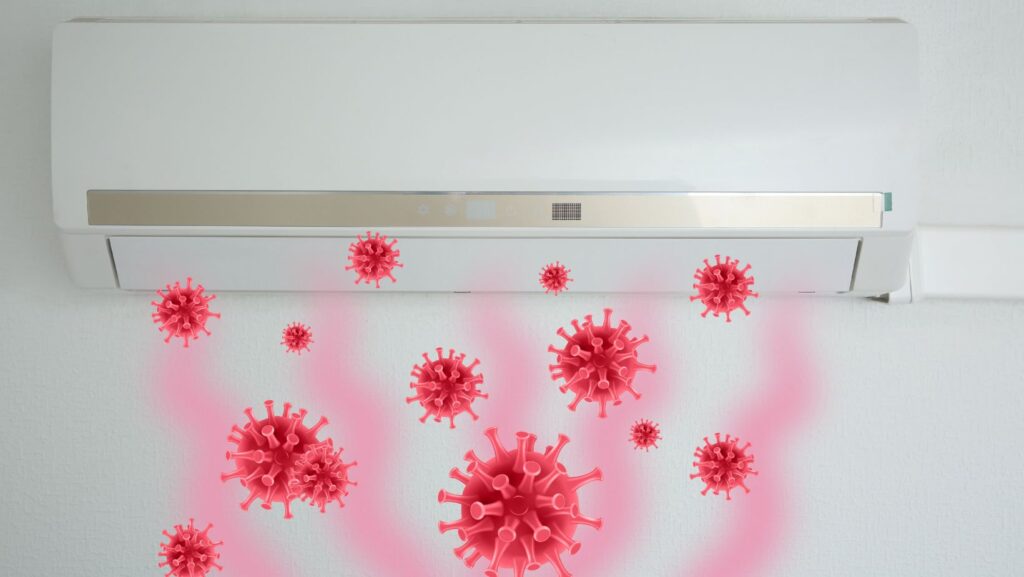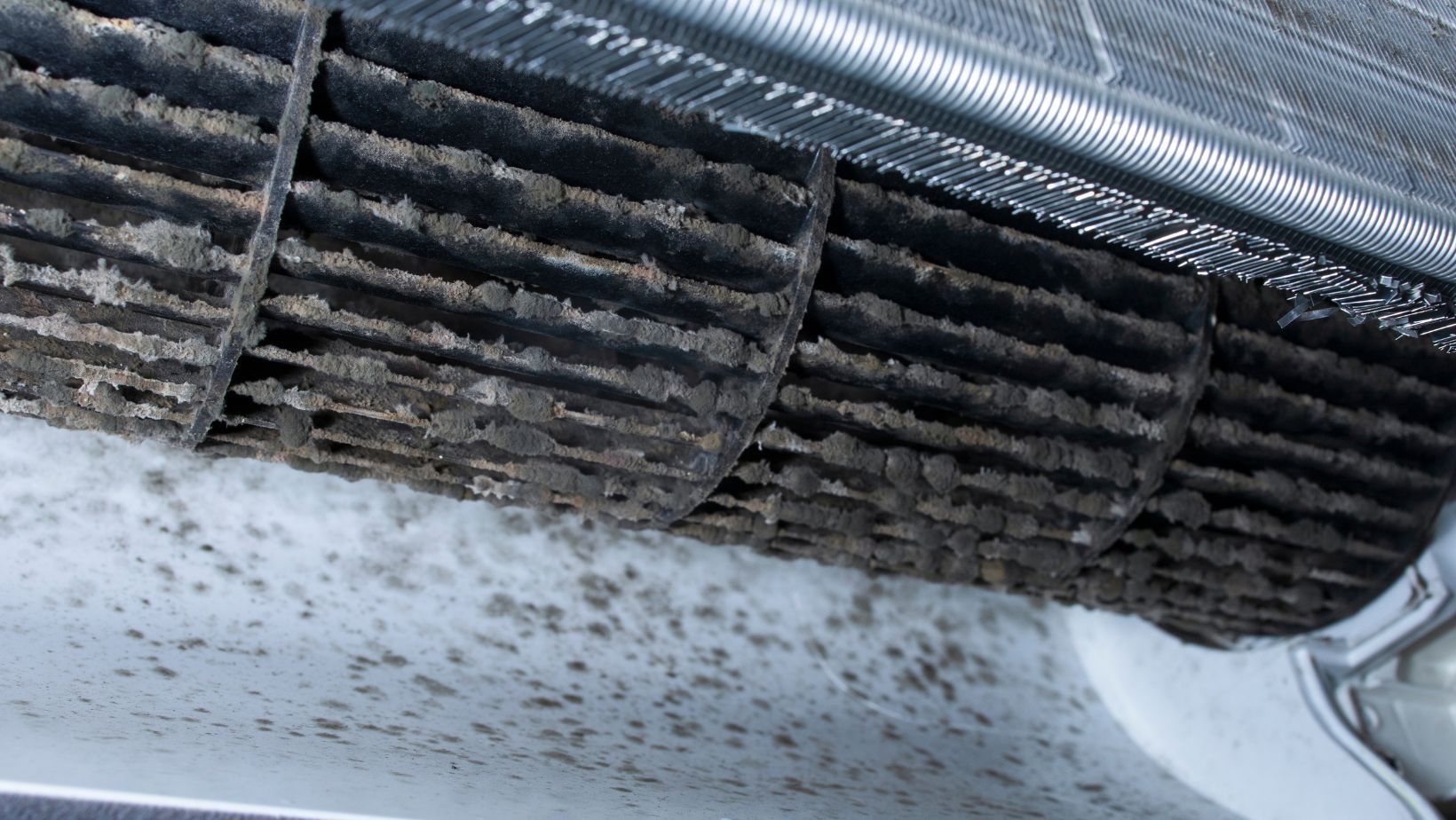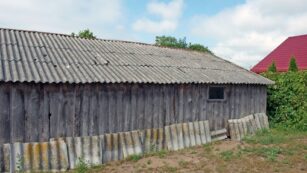
Furnaces are a must-have in homes situated in cold climates. These heating systems are a great investment, keeping your house warm for up to 20 years with proper care and maintenance.
However, some homeowners only think about their furnaces if something needs to be fixed. A broken furnace isn’t just a minor inconvenience; it can pose serious health risks by contaminating the air you breathe.
Keep reading to discover the hidden dangers of a malfunctioning furnace and why addressing any issues is crucial.
Why Furnaces Break Down and Malfunction
Understanding the causes of furnace problems helps you become more proactive in caring for them. Here are the most common issues that could leave you in the cold.
Age and Wear
Like most machines, furnaces have a lifespan. Over time, parts wear down, become less efficient, and more prone to failure.
Lack of Maintenance
Just like your car needs regular oil changes and tune-ups, your furnace needs TLC, too. Skipping annual maintenance checkups can lead to minor problems snowballing into major breakdowns.
Dirty Components
Your furnace relies on clean airflow for optimal performance. A clogged air filter restricts air, making the furnace work harder and overheat. Dirty burners can also cause ignition problems.
Electrical Issues
Furnaces use electricity to power various components, like the ignition system and blower motor. Faulty wiring, a blown fuse, or a malfunctioning control board can all lead to furnace failure.
Environmental Factors
Extreme weather conditions, like power outages or fluctuating temperatures, can stress your furnace. Fluctuations in gas pressure or clogged flues due to critter nests can also cause issues.
It’s crucial to understand that improper installation and lack of maintenance are the most common sources of furnace problems. That’s why hiring qualified professionals to provide quality work is important—whether you need to install a new furnace or have your heating systems repaired or replaced.
The Culprits Behind Contaminated Air
Any of the issues above can wreak havoc on your indoor quality. When your furnace malfunctions, it can release any of these potentially hazardous elements:
Carbon Monoxide (CO)
If your furnace is improperly vented or has cracks in the heat exchanger, carbon monoxide can seep into your home’s air supply, putting you and your family at risk. This silent, odorless gas is the most significant threat. A faulty furnace can malfunction and release CO into your home instead of venting it outside. Even low levels of CO exposure can cause headaches, dizziness, and nausea. It can be deadly and ause carbon monoxide poisoning in high concentrations.
Combustion Fumes
Gas or oil furnaces generate fumes during the combustion process. A cracked heat exchanger or a clogged flue can trap these fumes inside, releasing pollutants like nitrogen dioxide and sulfur dioxide into your living space.

These irritants can trigger respiratory problems, especially in people with asthma or allergies.
Dust and Allergens
Your space heaters circulate air throughout the house. If the air filter is clogged or the ductwork hasn’t been cleaned, dust mites, pet dander, and other allergens can travel through it.
Additionally, if your furnace’s blower motor is malfunctioning, it may be unable to distribute air effectively, leading to stagnant air pockets and increased airborne contaminants. This can worsen allergies and irritate sensitive lungs.
Mold and Mildew
Moisture buildup due to a malfunctioning furnace can create a breeding ground for mold and mildew in your ductwork. These spores can then be released into your air, triggering respiratory problems and allergic reactions.
According to the US Energy Information Administration, 52% of household energy consumption is primarily spent on space heating and air conditioning—depending on the season. Since heating and cooling systems play a key role in our daily lives, owners must stay alert for any furnace issue to keep their homes cozy and safe.
The Warning Signs of Furnace Trouble
Now that you know the potential dangers of a broken furnace, you must know the signs that your system may malfunction. Some common red flags include:
- Unusual furnace noises
- Soot buildup
- Frequent cycling
- Pilot light issues
- An unusually high energy bill
- Musty odors
- Respiratory problems
Some furnace problems, like a cracked heat exchanger, can be visible. Others, not so. That’s why checking your system regularly is crucial to prevent small issues from becoming major problems.
Protecting Yourself from Contaminated Air
If you suspect your furnace compromises your air quality, don’t delay and seek help immediately. Here’s what you can do:
Turn Off the Furnace
Immediately shut down your furnace to prevent further contamination.
Open Windows and Doors
Increase ventilation by opening windows and doors to flush out any lingering fumes or pollutants.
Call a Qualified Technician
Refrain from attempting to fix the furnace yourself. Contact a licensed professional to diagnose and address the issue.
Invest in a Carbon Monixide Detector
Install carbon monoxide detectors on every floor of your home, especially near bedrooms. These life-saving devices can alert you to CO leaks before symptoms appear.

Besides disinfecting your home, schedule frequent furnace cleaning. Regular maintenance, prompt attention to warning signs, and seeking professional help can keep your furnace functioning smoothly for years .
Final Thoughts
Your furnace is vital in maintaining a comfortable and healthy living environment. By being proactive about furnace maintenance and addressing any issues promptly, you can ensure that the air circulating through your home is clean and safe for you and your loved ones to breathe.
Contact us if you want to prevent hazardous compounds from contaminating your indoor air. Your family will thank you.












